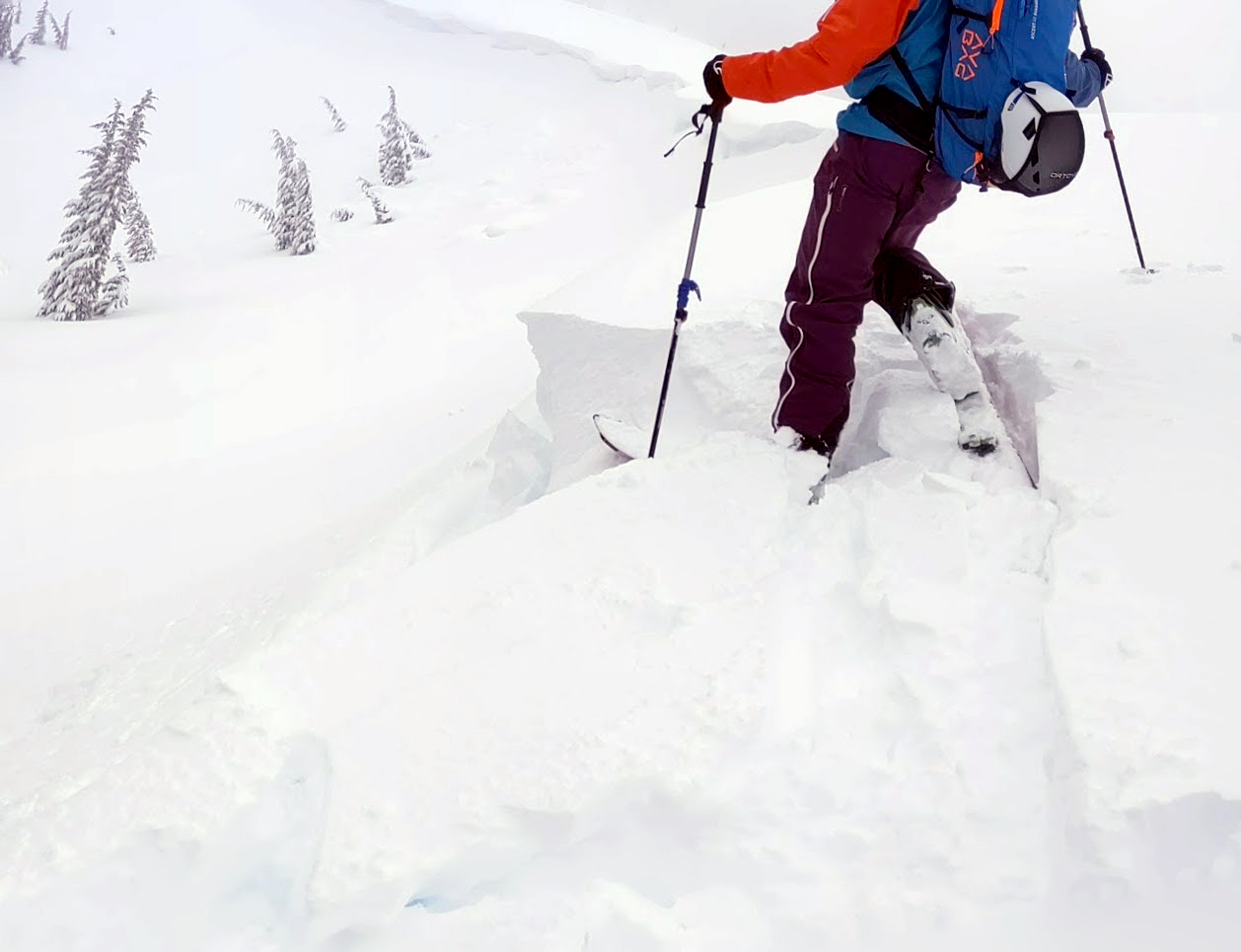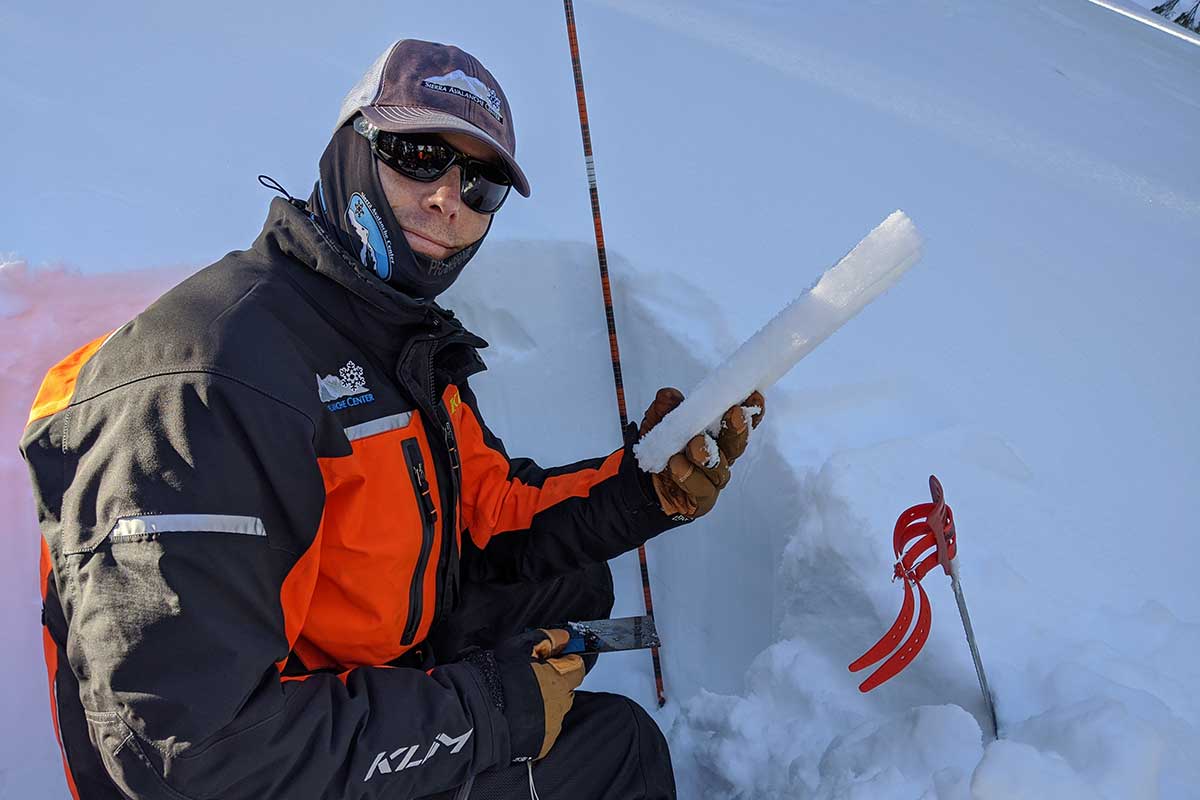This post is the first in a new series, The Faces of Aegis, where we spotlight our clients: the people and businesses who are making an impact in the Tahoe-Truckee area and beyond.
The Sierra Nevada mountain range is a mecca for backcountry adventure. The Sierra is home to some of the best backcountry activities in the world, with its reliable snowpack, superb terrain, enviable deep winter powder, and relatively predictable avalanche danger.
When snowmobilers, skiers, snowboarders, climbers, and snowshoers venture off the beaten path to explore backcountry terrain outside of the ski area boundaries, they rely on the Sierra Avalanche Center for potentially life-saving information.

The Sierra Avalanche Center
The Sierra Avalanche Center is a non-profit organization in partnership with the US Forest Service who produces the daily avalanche advisory. Mark O'Geen, Executive Director of the Sierra Avalanche Center, let us know what it takes to create a reliable daily Avalanche advisory.
Predicting avalanche activity is the job of forecasters. And it's not for the faint of heart.
The forecasters begin their days early, at 4:30 AM they start pouring over the weather data from remote weather stations. The forecasters are looking to see how much new snow fell, exploring temperatures and wind. They use this data and the field observations from the previous day to publish the daily avalanche advisory at 7:00 AM.

Brandon Schwartz, SAC Lead Forecaster in the field.
A Day in the Field: How Avalanche Forecasting Works
"When an avalanche forecaster goes out in the field, they've been following the snowpack and the weather the entire season. So they're looking for something," says O'Geen. "They have a forecast in mind, and now they're looking to confirm it, to see if it's right, or to see if something's different than they expect it."
The forecasters do this by looking at the snow profile. They dig into the snow and analyze the layers of the snowpack, searching for weak layers that could potentially cause avalanches.
Forecasters also look for signs of recent avalanche activity, which is an indicator of an avalanche cycle. Additionally, the trained forecasters look for signs of instability, like shooting cracks or "whoomfing" noises that indicate a weak layer is collapsing.
Protecting Backcountry Adventurers, Near and Far
The result of long days in the field and early mornings spent poring over data is the daily avalanche report, which is accessed by snowmobilers, skiers, snowboarders, and other backcountry adventurers from all over the State of California... and even further.
"Backcountry winter use is growing rapidly. And why wouldn't it? It's an incredible way to get exercise, experience solitude, and find the good snow! Sierra Avalanche Center is here to provide critical information to help people make better decisions in avalanche terrain and foster a knowledgeable and well-informed backcountry community," says O'Geen.
"We have users from Reno, to the Bay Area, all over California and, really, the country, because Lake Tahoe is a destination area. So anybody that does backcountry and comes to Tahoe will look at our website."
Education and Outreach
The Avalanche Center is a partnership between a non-profit organization and the US Forest Service. The non-profit arm also does a lot of avalanche awareness throughout the Tahoe-Truckee area.
Part of this outreach includes free presentations that increase awareness of avalanche dangers in backcountry areas. The non-profit targets youth in the community, such as youth ski teams, scout groups, middle schools, and high schools.
The Sierra Avalanche Center also holds avalanche education courses for recreational users and professionals who need a deeper understanding of avalanche risk and avoiding backcountry dangers.
Aegis Proudly Supports The Avalanche Center
The Sierra Avalanche Center works hard to protect backcountry adventurers from the risk of avalanche activity. To protect the skiers, snowboarders, snowmobilers, and guides who work and play on the mountainside, the Avalanche Center forecasters and volunteers take on a fair amount of risk of their own.
Aegis Insurance Markets is proud to provide insurance solutions for the Avalanche Center and the brave forecasters who help make the Sierra a safer place for everyone who wants to experience backcountry adventure for themselves.
The Avalanche Center is a non-profit organization that relies on support from individuals. If you want to support the Avalanche Center and the work they do, you can donate at avalanchecenter.org/donate.